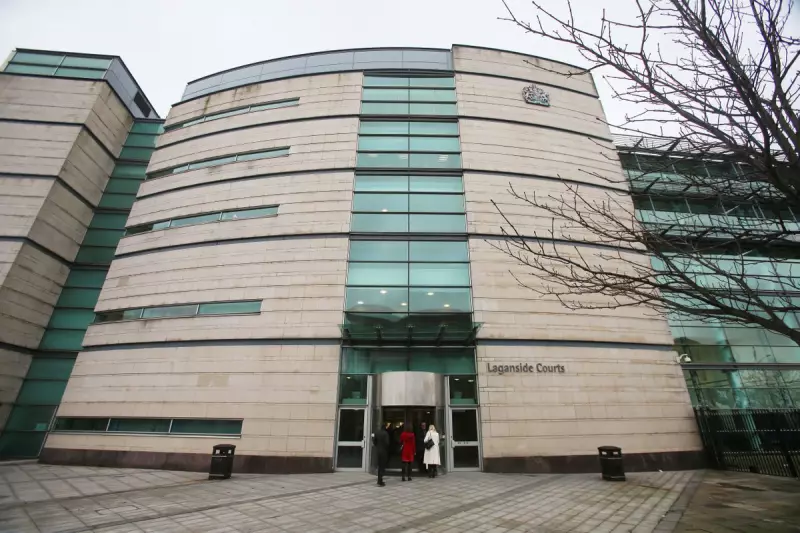
The streets of Londonderry witnessed a controversial military presence this week as British Army parachutists from the Parachute Regiment conducted training exercises in the Bogside area - a neighbourhood forever marked by one of the darkest chapters in Northern Ireland's history.
This unexpected deployment has reignited painful memories for a community where the Paras remain synonymous with the Bloody Sunday tragedy of 1972, when soldiers shot dead 13 civil rights protesters.
A City Confronting Its Past
The sight of military parachutists operating in Derry has drawn sharp criticism from community representatives and political figures. Many residents expressed dismay at what they perceive as a deeply insensitive move by military authorities.
The timing and location appear particularly provocative, given the area's historical significance and the recent 50th anniversary commemorations of Bloody Sunday.
Military Justification Meets Community Anger
According to Ministry of Defence statements, the exercises formed part of "routine training" designed to maintain military readiness. Officials emphasised that the operations were conducted with appropriate permissions and coordination.
However, local representatives question the necessity of conducting such training in a location with such profound historical trauma. The decision has been labelled as tone-deaf by community leaders who argue alternative training locations could have been utilised.
Legacy of Conflict in Modern Derry
This incident highlights the ongoing challenges of reconciliation in a city still navigating the complex legacy of the Troubles. While significant progress has been made in peacebuilding, the appearance of the Parachute Regiment in the Bogside demonstrates how historical wounds remain close to the surface.
The controversy raises important questions about military sensitivity to community relations and the importance of considering historical context in contemporary operations.
As Derry continues to move forward, events like these serve as powerful reminders of how the past continues to shape present-day perceptions and relationships between communities and state institutions.





